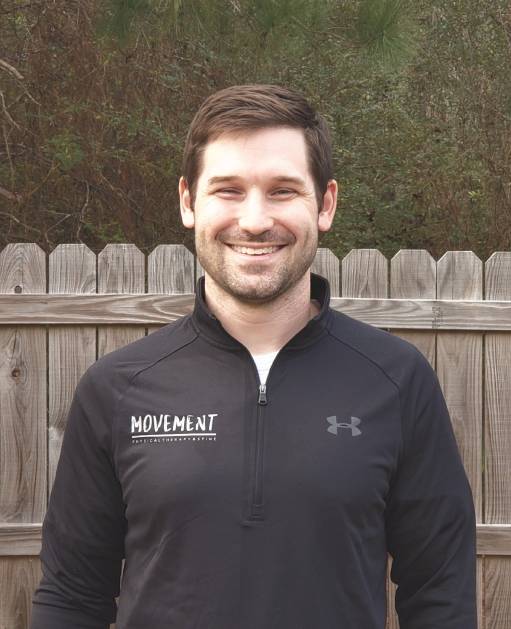There are many misconceptions associated with the McKenzie Method of Mechanical Diagnosis and Therapy (MDT). Hopefully today’s post will help to clarify some of these misconceptions and also answer in questions that you may have on the topic.
#1 – It is Just a Series of Exercises
Although exercises are important, MDT is an assessment process and problem solving paradigm.
The clinician takes clues from the history about the effects of specific loading strategies on symptoms. During the history, the clinician begins to formulate a differential diagnosis.
First, is it a problem with a mechanical influence, a medical influence, a biopsychosocial influence or any combination of the above?
Second, if mechanical, which of the syndromes is likely the diagnosis: derangement, dysfunction, posture or “other?”.
The physical examination which includes a series of loading strategies confirms or refutes the postulated diagnosis.
#2 – Only Extension Exercises Are Used
Although extension directions are a common treatment recommendation, all planes of movement are considered in both assessment and treatment.
The direction of exercise utilized in treatment is dependent on the symptomatic and mechanical response to repeated movements or sustained positions during the assessment process.
#3 – It is Only Used to Treat Disc Injuries
While the disc model is a useful way of explaining the “Derangement” classification in the spine, the actual source of most low back pain is not known.
It needs to be stressed that MDT is not reliant on a pathoanatomical diagnosis but is based around a sound research proven classification system, and this in itself guides the clinician to the required management strategy.
#4 – It Does Not Utilize Hands-on Manual Therapy
Although we take a “hands off” approach first in most cases, mobilization and manipulation are all part of the continuum of force progressions.
MDT’s focus is primarily on education and self-directed treatments in order to reduce dependency on the clinician and to empower the patient to control their symptoms.
Where this is not successful the use of hands-on techniques such as mobilization is considered.
However, the use of hands-on techniques is only used to enable the patient to return to self-treatment. We put our hands on, only to take them off again.
#5 – It is Only Good for Spinal Conditions
The MDT concepts of assessment and classification can be applied successfully to all joints in the body, not just the spine.
The same principles that allow a McKenzie therapist to identify and treat mechanical painin the spine also apply to jaw, hips, knees, ankles, feet, shoulders, elbows, wrists and hands.
In cases where mechanical pain is present, there is no imaging diagnostic test (i.e. x-ray, MRI, CT scan, etc.) that can diagnose mechanical pain or, more importantly, provide a solution. This leads confused healthcare providers to use ineffective treatments that focus only on addressing the symptoms. That’s where we come in!
Dr. Page’s specialized training in the McKenzie Method allows him to identify the particular patterns of movement causing your mechanical pain in order to fix the problem at the source rather than just temporarily masking symptoms.
If you are wondering whether or not you are suffering with treatable mechanical pain, click one of the links below to contact our office or take the free quiz on our homepage to help determine the likelihood that you would benefit from our services.
Hope to see you soon!
~ Dr. Dallin Page




